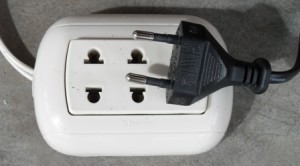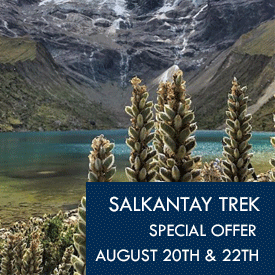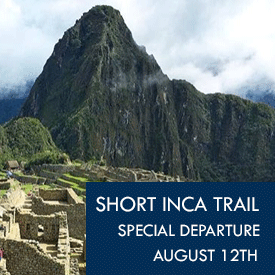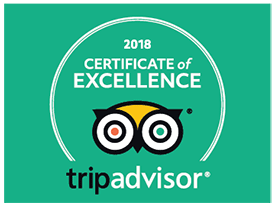Looking for information about how to prepare for a trip to Machu Picchu in Peru in 2018?
For those who are planning to visit Machu Picchu or any other destination in Peru, this page offers useful information about how to prepare, what you need, information about the weather, and other information. We are a Peruvian travel company owned and operated by people who grew up in Peru, and we have several years of experience operating tours in different parts of Peru, so we have insider knowledge about what you need and how you can prepare. The video below shows some information as well.
Tips on Travel Documents and Travel Insurance
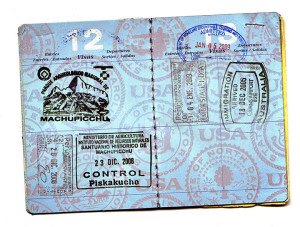
A valid passport is required for all international travel
You need a valid passport to enter Peru in 2018. Depending on the country of your citizenship, you may be required to get a visa to come to Peru. (Citizens of the U.S., Canada, and the European Union do not need a visa). Check with your local tour operator for details, or simply look online on the website of the Peruvian Ministry of Foreign Affairs or the ministry of foreign affairs of your country of citizenship.
You should carry your passport with you at all times in case of random checks.
If you need a certain kind of medicine or have a health issue, you should carry your medical records.
It is recommend that you purchase travel insurance. To get the best coverage be sure to get your insurance 10 days after you make your trip deposit.
When you buy your travel insurance make sure the minimum coverage includes: Trip cancellation & Interruption, Baggage Delay, Baggage & Travel Documents lost, or stolen, Medical Expenses; Emergency Assistance, Accidental Death & dismemberment.
Have the copy of your insurance policy easily accessible during your entire trip.
Tips on Exchanging Money
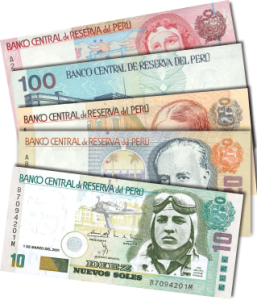
Be sure that your Peruvian bills are clean and free of any tears or damage as they may not be accepted by stores or vendors.
You can exchange money in your home country or in Peru. ATMs, banks and currency changers are normally located within major tourist locations, but not easily accessible in many remote areas and ancient sites. It is a good idea to always have some cash on you for meals, and for buying things you might want. We recommend not carrying large amounts of cash on you.
U.S. Dollars are accepted in some stores and restaurants in Peru, but not all, so it is best to change your money and carry Soles. Major credit cards are widely accepted. You can use traveler’s checks in some places as well, however the exchange rate is quite high, so you may want to avoid these.
Be sure that your Peruvian bills are clean and free of any tears or damage as they may not be accepted by stores or vendors.
Tips on Luggage & Packing
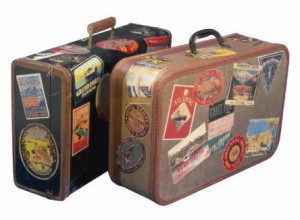
In some places you will have to carry your own luggage, so the less you carry, the easier it will be.
Airlines and trains have bag size and weight restrictions. Domestic flights within Peru usually have lower weight limits than international flights. You will have to carry your own bags on some tours, and so it is good to pack lightly.
Tips on Clothes

Depending on the time of your visit, you can expect anything from heavy rain to dry heat. Due to the fact that Peru also has drastic altitude differences, different temperatures can be registered in the same area. Also, temperatures are often different in the day and in the night. It can be quite hot at times and quite cold at other, so it’s good to have some clothes for both kinds of weather. Bring clothes for swimming if you plan on visiting a place with hot springs or a pool.
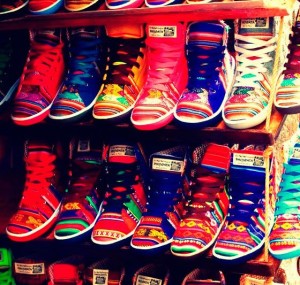
Handycrafts Shoes
Tips on What kind of Shoes to bring
Many of the ancient sites, like Machu Picchu are located in areas which vary from mild to challenging hiking terrain, for the Inca Trail for example, and proper hiking shoes are a must for your personal safety and pleasant trip experience. Shoes should be comfortable and have good tread. Closed shoes are best to keep your feet warm, safe and protected.
Tips on Weather/Climate
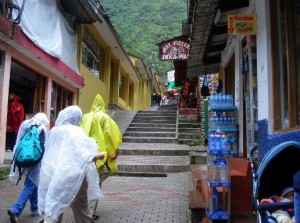
Climate Cusco
There is a rainy season here, but it could rain on any day in 2018. It is better to bring a rain poncho than an umbrella, since you will need your hands free especially if you are hiking on the Inca Trail. You can put in your bag when it is not raining.
Due to some very high altitudes and being close to the equator, the sun in Peru is very strong and proper care must be taken to avoid unpleasant sun burns and discomfort. Light and loose, long sleeved clothing is best, along with
a good, protective hat and sunglasses.
Also bring sun block. Natural varieties based on zinc oxide are the safest options for your health.
Tips on Toiletries and personal items

Even though most hotels today provide soap and shampoo, it is a good idea to have travel sized versions of your own personal care items. Typical personal care items to consider bringing include:
- Shampoo
- Conditioner
- Soap
- Toothbrush
- Toothpaste
- Floss
- Deodorant
- Razor and shaving gear
- Comb and/or brush
- Feminine hygiene products
During various times of the year 2018, and in different places you may encounter mosquitoes, flies and other insects that are attracted to scents or that bite. For your personal safety, as well as the comfort of other travelers, it is best to use unscented products, and not bring any perfumes either. A natural insect repellent, and products like tea tree oil, citronella, musk oil or peppermint oil can come in handy as well.
Other Tips
Other things you might want to bring:
- Travel sized tissue packets
- Wet wipes and/or alcohol (not triclosan) based hand wipes or sanitizers
- Ziploc bags – you will find many reasons to use them
- A small flashlight – this is a good idea in case of any power failures, and for personal safety
- A notebook or journal, and pen to record any information
- A cell phone or other small device to act as a travel alarm
- Some bandaids, or a small first-aid kit
- And of course a photo and/or video camera with proper battery or charging equipment
There are also a few items which you should not bring with you:
- Valuables, such as jewelry
- Unnecessary electronic devices
- Pocket knives or any weapon-like items
- Any illegal substances
Tips on Electricity outlets in Peru
The electrical supply in Peru is 220 volts AC at 60Hz. A twin flat blade (as used in North America) and twin round pin plugs (as used in continental Europe) are b
oth standard. If you have something different, you would need an adaptor.
What to eat/Food safety
Be careful when eating on your trip. Lighter, plant-based but cooked meals are most recommended during your stay. The tap water in Peru is not recommended for drinking, washing food, or brushing your teeth with. Purified bottled water is easily available everywhere, and most hotels provide it. High end hotels have water purification systems.
Tips on Health, Supplements & Medication

Eating a cleaner, more natural diet starting 2 weeks before you arrive
One of the most common occurrences for newcomers to Peru is altitude sickness. This can range from a headache, shortness of breath and fatigue to insomnia, heart palpitations and flu-like symptoms. In rare cases more severe symptoms may require hospitalization. One of the best ways to prepare for and prevent altitude sickness is by doing the following things:
1. Eating a cleaner, more natural diet starting 2 weeks before you arrive. .
2. Avoid smoking and alcohol, as well as stimulants like coffee or energy drinks.
3. Taking some supplements that can help strengthen your body and immune system at least 2 weeks before coming to Peru, and during your stay in Peru. These include:
- Antioxidants like Vitamin C, Vitamin E, or Selenium
- Herbs like Echinacea, Garlic, Ginseng, Ginkgo or Ashwagandha
- Other supplements like Chlorella, L-Glutamine or Reishi
4. Drinking ample pure water to hydrate your system a few days before your arrival, and continuing to do so during your stay. Juice, soda, coffee and alcohol are not recommended. Remember that water has more oxygen than air, so it is critical that you stay well hydrated!
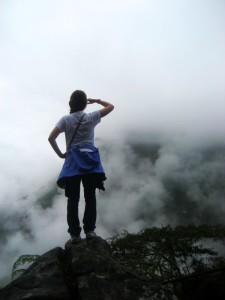
As much preperation as you and your guides will be putting into your trip, it is important to have a positive mindet and be open minded about things you are not used to or do not expect
5. Finally upon your arrival in Cusco where the Altitude is over 11,000 feet, plan to take it easy for at least 24 hours.
Typically no vaccines are required to visit Peru, but it is best to consult with your physician based on the specific area you will be visiting and your personal health needs. And of course don’t forget to bring any medication you are on.
Tips for Personal Preparation
Perhaps the most important factor is the mindset of the visitor. As much preperation as you and your guides will be putting into your trip, it is important to have a positive mindet and be open minded about things you are not used to or do not expect. This will make it much easier to enjoy your next trip to Machu Picchu Peru.
We hope that this information will help you as you prepare for your trip in 2018!
